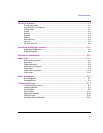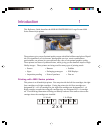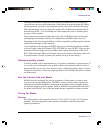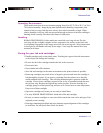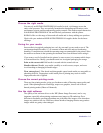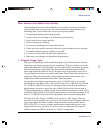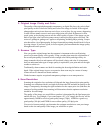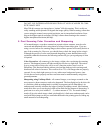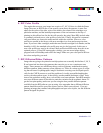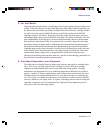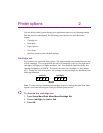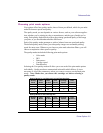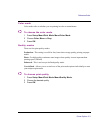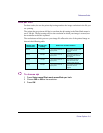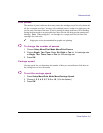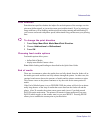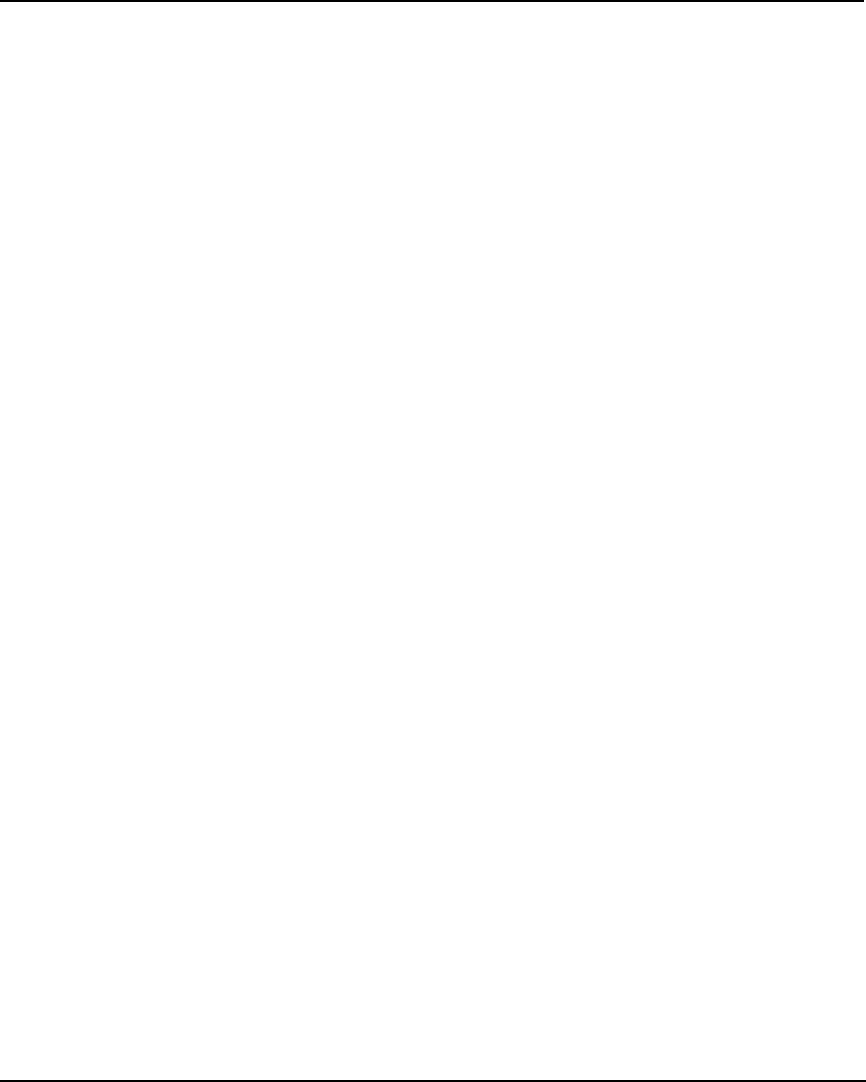
Introduction 1-8
Reference Guide
6. RIP Color Profile
The engine that converts your image into a series of C, M, Y, K dots is called the Raster
Image Processor or RIP. Before it can actually create these dot patterns, it must first
adjust for the colors of the inks, color of the media, dot volume of the cartridges on a
particular machine, and the humidity/temperature of the environment on the day of
printing (as this affects how far the ink will spread or dot gain). Most RIPs include what
is commonly referred to as a color profile or color link. Usually, this profile is automati-
cally used when you choose the media and ink within the software. However, color
profiles are created in the factory with new cartridges in a clean and average environ-
ment. If you have older cartridges, media that was stored in sunlight for 6 months, and the
humidity is 88%, the standard color profile may not give the best result. In this case, a
new color profile may need to be created. Most professional RIPs today have this as an
optional process. If your RIP cannot make a change, you can use an image editing
program such as PhotoShop and re-RIP the image. Make sure your color profile delivers
the colors and quality you need.
7. RIP Diffusion/Dither Patterns
Images that are going to be printed on an inkjet printer are eventually divided into C, M, Y,
K and rasterized into dots using patterns that cause the eye to see a continuous tone
image. These patterns are called many things, such as frequency modulated screening,
diffusion patterns, dither patterns, screen patterns, etc. There are various types of screen-
ing that are better for photographic images. Stochastic screening was developed specifi-
cally for the CMYK process to avoid the problem of visually perceptible banding that
occurs with other pattern types. It does this by pseudo-random placement of dots. Varia-
tions of the stochastic strategy have evolved into even better patterns. Each RIP manufac-
turer uses different names to describe its particular variation on the stochastic theme. To
get the best print quality, make sure you are using the best possible diffusion pattern
available from the RIP software you are using. Also remember that a different diffusion
pattern should be used for spot color objects (such as filled vector objects). If you are
printing an image that contains both photographs and spot color objects, use the diffusion
pattern designed for photos.



